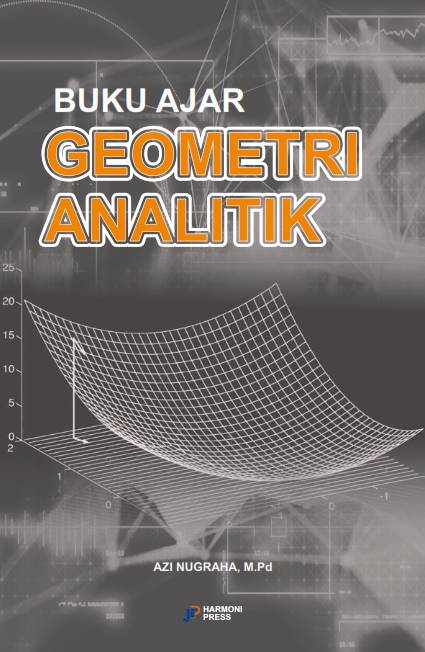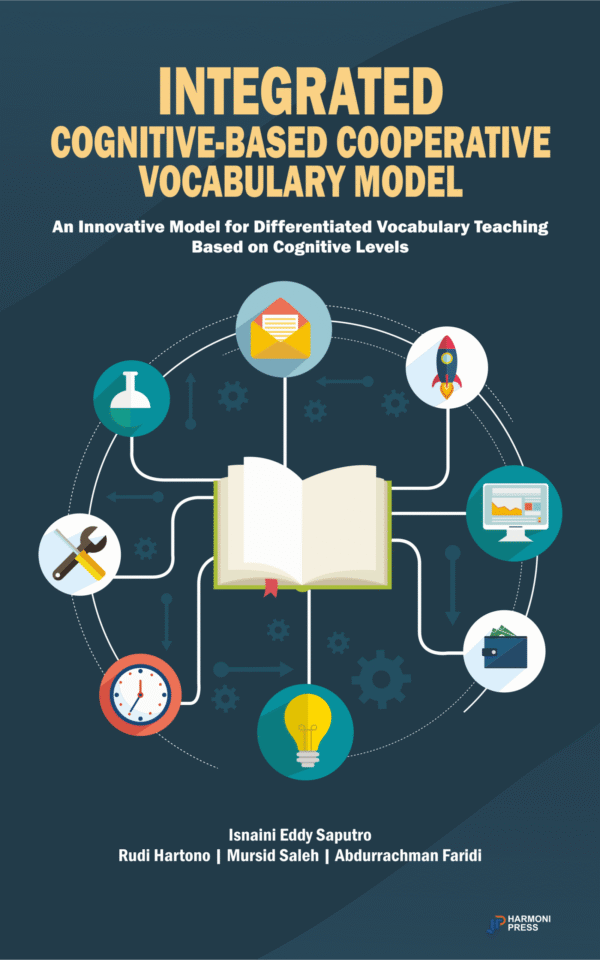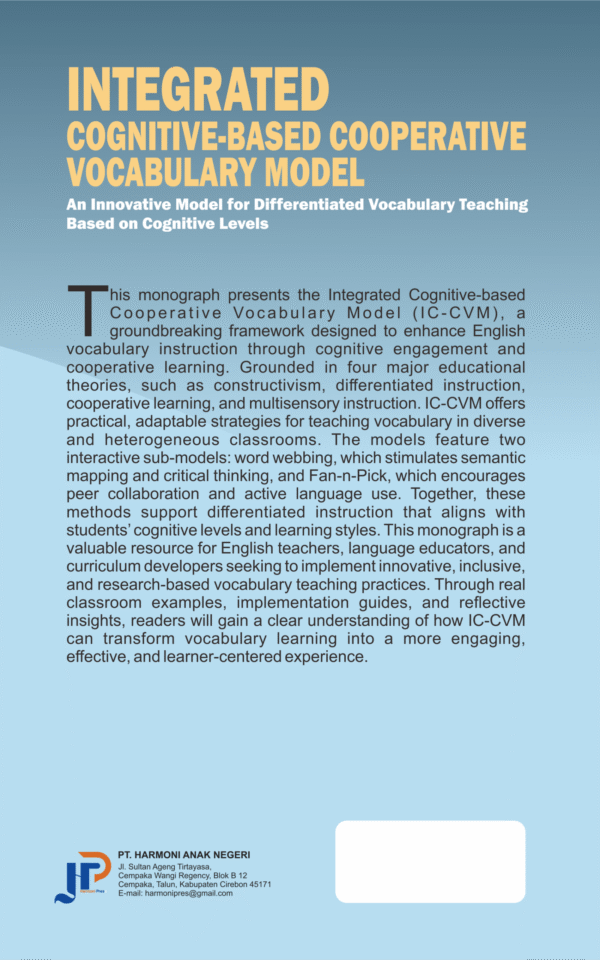Dinilai 5.00 dari 5
Writing Our World: Integrating Local Culture in EFL Classrooms is an innovative and timely contribution to the field of English language teaching in Indonesia. This book challenges the conventional dominance of culturally distant writing prompts, such as Western holidays, international travel, or foreign customs, which frequently distance students from their own lived experiences. It is based on the idea that students write best when they write about what they know and care about. The authors contend that students' cultural identities and successful writing training should not be separated. The book makes a strong case for incorporating local cultural content—rituals, cuisine, festivals, proverbs, traditional crafts, and oral histories—into EFL writing assignments by drawing on years of research and teaching experience. This method makes writing more relevant, interesting, and important rather than making the process easier. This book is a pedagogical manual and a manifesto, full of student testimonials, real classroom anecdotes, and flexible task examples. It challenges educators to reconsider teaching writing as a bridge across cultures rather than only as a language exercise. Teachers will find ideas and practical advice for improving the human-centeredness, identity-affirmingness, and local grounding of English writing education, regardless of whether they are teaching in urban or rural areas.







